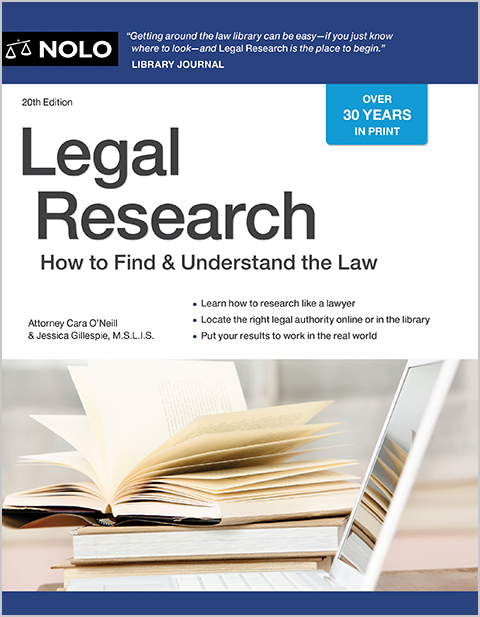Joint trials happen when the charges against codefendants are closely related, and when the right to a fair trial can be preserved.
A joint trial of codefendants (also known as "joinder") occurs when a judge merges the cases of two or more defendants. Joint trials happen when the issues in the defendants' cases overlap enough to make a single trial both fair and more efficient.
When Joint Trials Are Appropriate
Defendants don't have to face the exact same crimes for a judge to join their trials. Rather, all that's necessary is that the charges relate to substantially the same facts. Joint trials are commonly ordered in complex prosecutions for conspiracy, fraud, or terrorism, where multiple defendants are accused of committing a variety of crimes stemming from one set of facts. Some famous examples of joint trials include the Enron fraud case, the organized crime prosecution of John Gotti and his mob family, and the conspiracy and espionage trial of Julius and Ethel Rosenberg.
In contrast, judges cannot join the trials of defendants who simply happen to be charged with the same crime. For example, a judge can't join the trials of all armed robbery cases on the docket unless those cases involved the same set of facts.
There is no constitutional rule governing joint trials. Judges have broad discretion to decide whether to join trials and will weigh a variety of factors when making this decision.
Factors Supporting Joint Trials
Usually, judges will join trials only if the prosecution has charged the defendants together. However, there is no absolute rule forbidding joinder when defendants are charged separately, as long as certain conditions exist, including:
- the charges against the defendants are based on the same evidence (such as when a group of defendants are charged with robbing a bank, but only one of the defendants is charged with assaulting a bank teller)
- the defendants allegedly participated in the same acts or transactions (for example, when federal agents raid a meth lab, and one defendant is charged with manufacturing the meth and his cohort is charged with distributing it)
- the crime allegedly involved a common scheme, conspiracy, or enterprise (as when a group of corporate officers are charged with a conspiracy to defraud investors), or
- the charges are so closely connected in time and place that proof of one charge would require proof of the others (for instance, when one defendant is charged with robbing a bank and the other defendant is charged with being the getaway driver).
Factors Weighing Against Joint Trials
The primary consideration in determining whether a judge has properly joined trials is fairness. Judges typically won't (and shouldn't) join trials if none of the circumstances above are present. Judges also shouldn't join trials if the codefendants' strategies conflict; in that situation, a joint trial would be unfair. Defensive strategies conflict when either:
- each defendant asserts his own innocence and accuses the other of committing the crime, or
- the judge or jury can't believe one defendant without disbelieving the other(s).
Preference for Joint-Trial
Judges usually like to hold joint trials for several reasons. These include:
- reduced workloads, and
- conservation of time and resources (such as avoiding repetition of evidence and the selection and maintenance of multiple juries, and reducing the financial and emotional cost of transporting and presenting witnesses).
However, these factors bow to the defendant's constitutional right to a fair trial. If a joint proceeding impedes that right, then the judge must sever (separate) the trials.
Severing Joint Trials
Either the defendants or the prosecution may request that a judge sever a joint trial. Some states have laws requiring severance in particular limited circumstances, such as when multiple defendants are charged with capital murder. But as a general rule, neither side has an absolute right to a separate trial.
Does a Joint Trial Comprise the Right to a Fair Trial?
To convince a judge to split a trial that's already begun, the defendant must establish a serious risk that compromises the right to a fair trial. This right is compromised when evidence is admissible against only one defendant and is unfair to the other defendant(s). For instance, suppose Defendants Joe and Sam are charged with kidnapping a child for ransom, but only Joe is charged with sexually assaulting the child. A judge would likely rule that a joint trial of these defendants should be severed because the evidence of sexual assault wouldn't be relevant to whether Sam participated in the kidnapping; all it would do is enrage the jury so that they are inclined to find him guilty.
Are Corrective Measures Available?
However, even when evidence that's admissible as to one defendant is inadmissible as to the other, the judge need not sever the trials if jury instructions, witness admonishments, or other curative measures can fix the problem. Consider the trial of codefendants Ralph and Bob. If what Ralph knew about Bob's tendency to fib is relevant to the case against Ralph, the judge might allow Laura to testify about times she spent with Ralph and Bob in which Bob lied. That evidence is probably inadmissible against Bob as an attack on his character. So, the judge could order the jury not to consider Laura's testimony as it relates to Bob's personality, and to contemplate it only insofar as it relates to what Ralph knew about Bob at the time of the crime. That way, the judge might preserve Bob's right to a fair trial. (On the other hand, it might not, since that's a difficult task to ask of the jury.)
Talk to Your Attorney
If you're a codefendant in a joint trial, talk to your criminal defense attorney about the advantages and disadvantages of a joint trial and whether it makes sense to ask the court to sever the trials.

